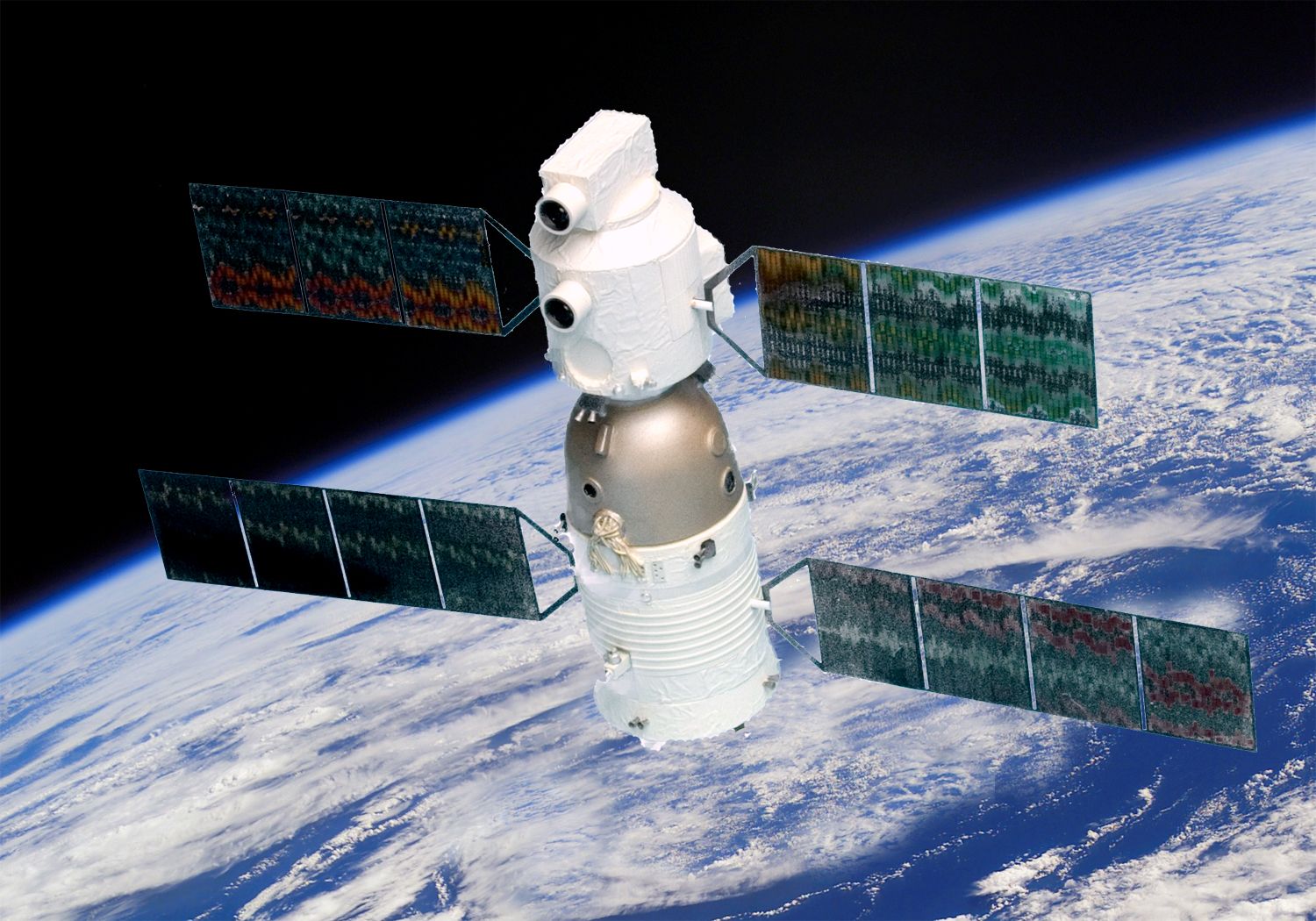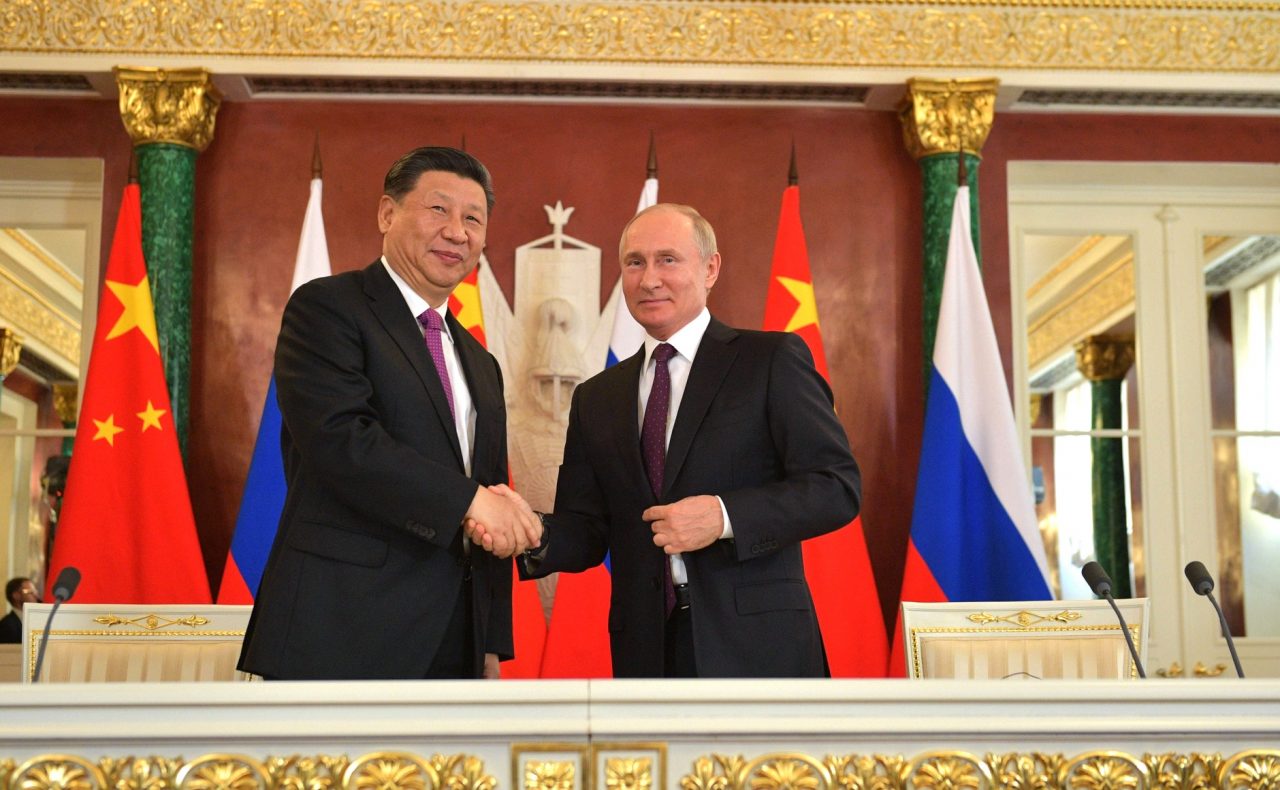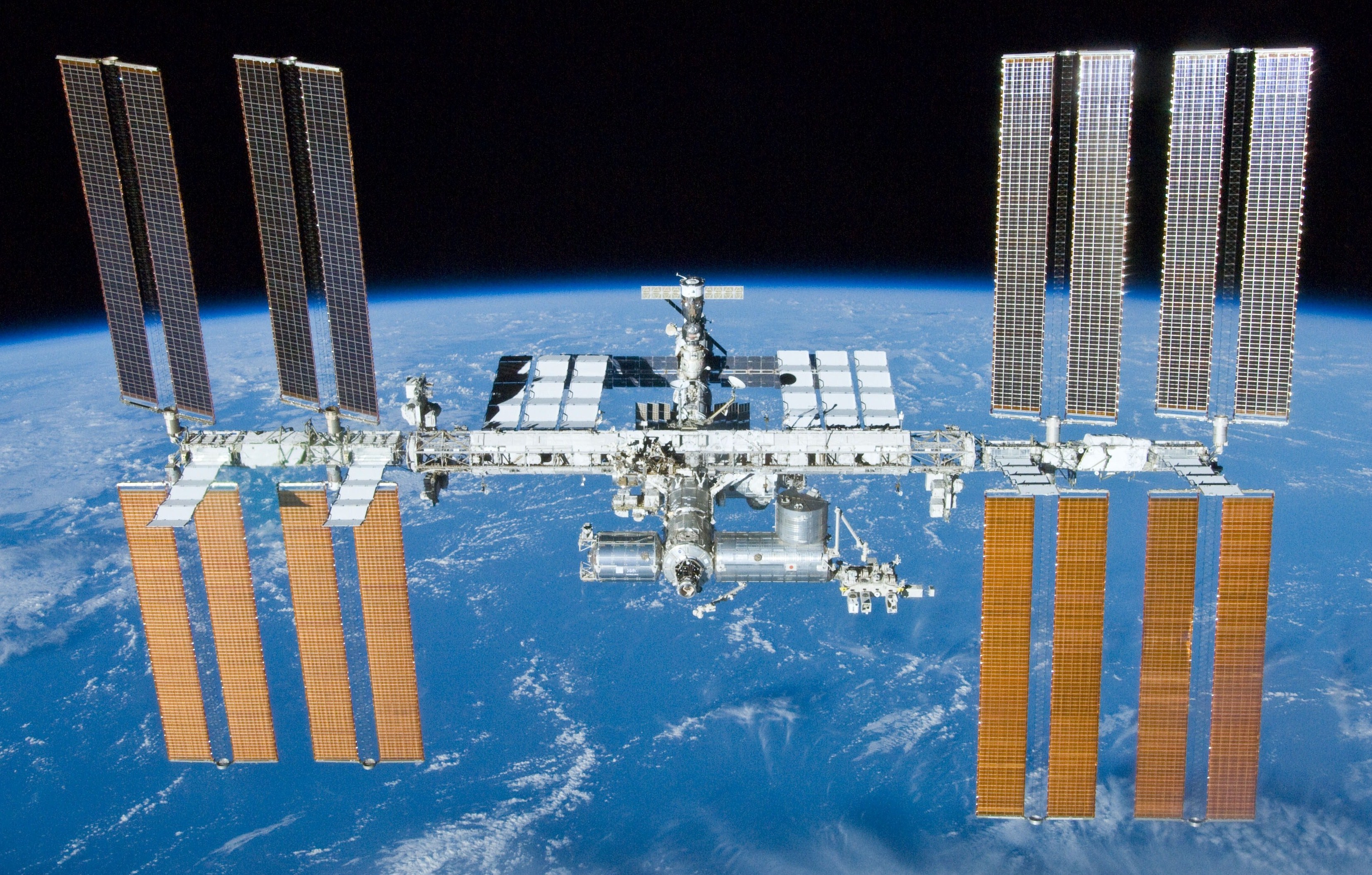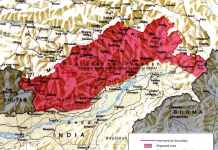More than 50 years after US astronaut Neil Armstrong became the first human being to step on the moon, the lunar race has received fresh momentum.
The 20th-century space race between the two Cold War superpowers — the US and the erstwhile USSR — has transformed into a two-front competition between America and its partners on one side, and China and Russia on the other.
To Counter NASA’s $100 Billion Artemis Program, China Advances Its Low-Cost Lunar Base Mission By Eight Years
Parallel to America’s $100-billion Artemis program to once again send humans to the moon by 2025, China and Russia have declared a joint operation to set up a lunar base by 2027, eight years earlier than originally planned. The cost of the project hasn’t been made public yet.
China’s Mega Space Plan
The space race between the United States and China is expected to heat up tremendously this year. On its social media account, China Aerospace Science and Technology Corporation announced that it has planned more than 40 space launches for 2022, as well as six manned space missions.
The Tiangong space station in China is slated to be finished this year, according to South China Morning Post.

The mission for 2022 will be “very arduous” and the number of space launches continues to remain high, the company said.
“We need to fully complete various aerospace tasks, ensure the complete success of major flight test missions and accelerate the development of China as a space power,” the company chairman Wu Yansheng was quoted as saying.
China has made great progress in space programs in recent years after investing substantially. It had never conducted more than 10 launches a year until 2007. However, it has gained traction since then, launching 152 satellites in the past five years, more than any other country.
China surpassed the United States, the long-time leader in the industry, in terms of launches in 2018 and 2019. In 2020, the US recaptured the top position, with 44 launches compared to China’s 39.
??View of the Earth from the Chinese Tiangong space station.
#China pic.twitter.com/xs2fZWcMJV— The RAGE X (@theragex) January 2, 2022
With about 40 Chinese launches slated to happen this year and repeated American assertions about China trying to militarize space, fresh frictions between the two adversaries could be expected.
To add to it, China and Russia will sign a new five-year space cooperation deal. Ground-monitoring stations are planned to be installed in both China and Russia as their satellite networks, China’s BeiDou and Russia’s Glonass, are integrated, according to reports..
Russia/China Scope Out International Scientific Lunar Stationhttps://t.co/r7ytO6z7dm pic.twitter.com/e3iNORJT4a
— marsboy (@marsboy) December 31, 2021
The joint moon base, called the International Lunar Research Station (ILRS), will contain experimental research facilities designed for multiple scientific activities such as moon exploration, moon-based observation, research experiments, and technology verification.
China-Russia Cooperation in Space
Alexander Gabuev, a senior fellow at the Carnegie Moscow Center, told New York Times, “China has an ambitious program, has resources to match it and it has a plan. Russia, by contrast, needs a partner.”
The new space partnership is a reflection of the emerging geopolitics and a new world order. Under current leaders Xi Jinping of China and Vladimir Putin of Russia, decades of mistrust between the two nations have been swept under the rug and an unofficial alliance against what they perceive as the hegemonic behavior of the US has been formed.
Russian officials have already signaled they may pull out of the International Space Station once the current agreement with its partners ends in 2024.

Russia was a pioneer in manned space missions – with Soviet pilot Yuri Alekseyevich Gagarin becoming the first human to journey into outer space on April 12, 1961. But the country has struggled to sustain a viable space operation since the collapse of the USSR in 1991, due to a number of issues including corruption and lack of resources.
China, a relative latecomer to space explorations, has, by contrast, leaped to the top ranks of space powers with missions that Russia, and the former Soviet Union, failed to accomplish, including landing and deploying a robotic rover on Mars.
Currently, China’s lunar presence includes the Chang’e 4 lander and the Yutu 2 rover, whose arrival in 2019 marked humanity’s first landings on the dark side of the moon. While Chang’e 4 is conducting a lunar biosphere experiment to see how silkworms, potatoes, and arabidopsis (a small flowering plant) seeds grow in lunar gravity, the Yutu 2 rover is exploring the Von Kármán crater, located in the southern hemisphere on the far side of the moon.
China and Russia’s joint moon base plans can be seen as a response to their exclusion from the US Artemis Accords, whose goal is to advance the Artemis Program with the help of its partners.
China is barred from participating in joint projects with the US in space by the Wolf Amendment, a 2011 measure prohibiting NASA from cooperating with China without special approval from US Congress.
China is also barred from joining the International Space Station (ISS). In response, the country is in the process of building its own Tiangong space station, which is expected to be completed by the end of 2022. Once ready, China plans to station at least three astronauts at the space station for at least a decade. Russia has also refused to sign the Artemis Accords, stating that it is too US-centric in its current form.

“The long-term foreign blockade forced our independent innovation,” Yang Hong, one of Tiangong’s designers, told China’s state television network CGTN. “We must have our own. We cannot always run behind others.”
“We are determined to make our space station a shared platform for scientific and technological research to benefit all people around the world,” Hao Chun, director of the China Manned Space Agency, said in an interview carried by state media organizations.
The official said there will be more than 20 cabinets aboard the station reserved for scientific instruments that were designed in accordance with international standards, adding that they will be available for collaborators.
Working with China has given Russia the possibility of pursuing the type of ambitious scientific voyage that it has not achieved on its own in the post-Soviet era.
A month after announcing joint work on the lunar station, the two countries announced in April 2021 that they would team up for a 2024 robotic mission to an asteroid called Kamo’oalewa. The spacecraft will circle past Earth to drop off a sample and then use Earth’s gravity as a slingshot for a secondary trip to a comet.

Gregory Kulacki, the China project manager at the Union of Concerned Scientists, told New York Times, “It’s a natural partnership. The Russians have a lot of expertise. The Chinese have the resources to fund it.”
Ultimately, China hopes the lunar station will demonstrate the ability to develop water, minerals, and energy resources that could allow the short-term survival of astronauts on the moon. “A permanent base has both symbolic and power projection capabilities,” Namrata Goswami, an independent analyst and co-author of a new book on space exploration, told New York Times.
However, the Sino-Russian relationship is not a bed of roses either. Competing political priorities, limited resources, and leadership changes can all play a factor in delaying the space ambitions of both countries. Russia may also be loath to play the role of junior partner to China, given its proud history of space exploration.
When it comes to economic benefits, the moon is believed to have significant reserves of silicon, rare earth metals, titanium, aluminum, water, precious metals, and Helium-3. Also, the technologies developed for a long-term lunar presence may eventually find regular commercial use.
Moreover, the moon can be militarized in the future as states protecting their lunar assets could deploy anti-satellite or anti-spacecraft weapons or use the moon as a gravitational point to deploy military satellites or spacecraft in a manner that would be undetectable with conventional space tracking.
(With inputs from Protik Chowdhury & Sakshi Tiwari
- Contact the authors at: sakshi.tiwari9555@gmail.com, pratikkol6@gmail.com
- Follow EurAsian Times on Google News




